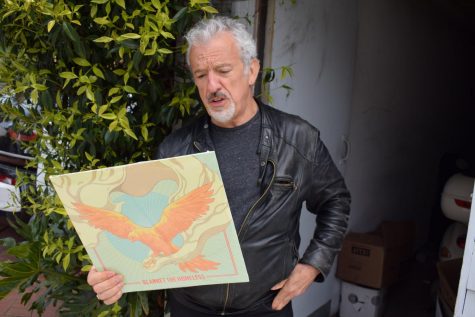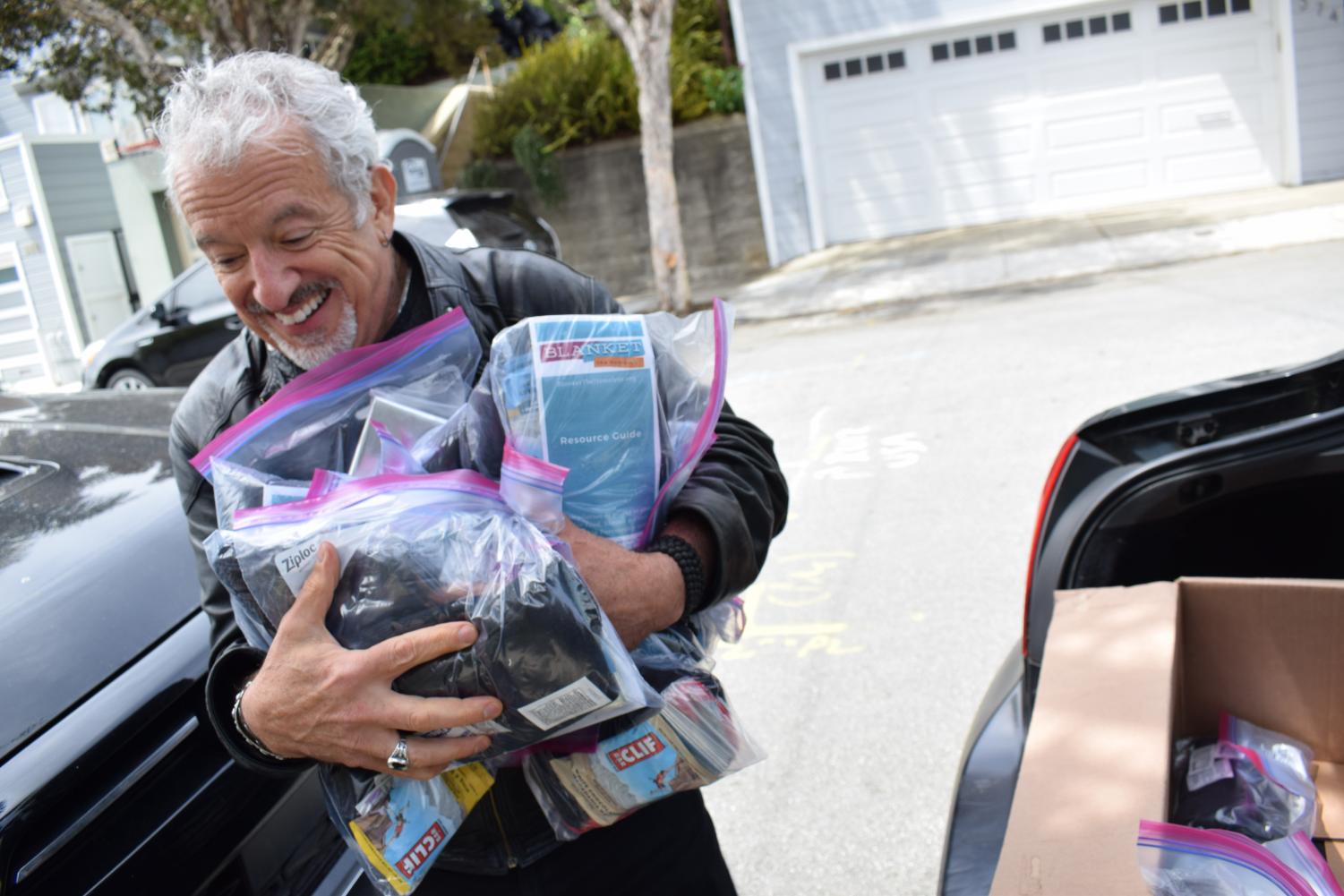Funding the homeless population in SF
San Francisco currently spends over $300 million on homeless services, including shelter options to move people off crowded sidewalks
May 6, 2021
Funding for homelessness in San Francisco has been a stepping stone in the right direction as far as helping those in need, according to the Chronic Homelessness Initiative. However, there has been skepticism regarding how these funds are being directed.
Recent contributions toward homelessness in San Francisco have raised questions whether the funding is being used intuitively, as well as concerns in relation to the funding providing what is desired for those in need.
Communications Manager at Tenderloin Neighborhood Development Corporation Melinda Noack stated there are significant underlying issues of economic, racial inequality and infrastructure challenges that lead to someone becoming unhoused. Working on those underlying issues is essential to the solution.
“We encourage our country, state and city government to continue to fund services and prioritize supporting people who are unhoused,” said Noack.
Organizations that are focused around providing those in need have expressed that funding for homelessness is often misguided.
“The money is there, I just don’t think the collective intelligence is there,” said Ken Newman, co-founder and president of Blanket the Homeless. “They haven’t done their due diligence, clearly.”
As the coronavirus pandemic has taken its course, the federal government has contributed more than $4 billion throughout the nation for homeless assistance through the Emergency Solutions Grants program, according to the National Alliance to End Homelessness.
“I don’t think it’s too much, but it’s misdirected,” said Edward Hatter, executive director at Potrero Hill Neighborhood House. “San Francisco could have cost savings if they had better direction, better impact and do things a little differently. The social workers are creating destinations for them to go so they can seek resources and shelter,” Hatter said.
According to the Department of Homelessness and Supportive Housing, San Francisco was awarded $78 million from the state in September 2020. This allowed the city to purchase the Granada Hotel and the Hotel Diva which provided 362 units of housing for Mayor London Breed’s Homelessness Recovery Plan.
During the COVID-19 pandemic, the city has done an excellent job of removing the homeless from the streets by providing housing, hotel rooms and shelter. Their outreach has been spectacular as a result of COVID-19. Prior to that, Hatter thought they were spending a lot of money and getting little done.

In 2018, Proposition C was approved by a majority of city voters in San Francisco. This provided the city with hundreds of millions of dollars to fund programs for homeless people, meaning an additional $250 million will be added to the $300 million per year spent toward homeless programs. Is this funding being spent the right way?
According to the National Alliance to End Homelessness, housing is ultimately the solution to homelessness. The Homelessness Recovery Plan is making an effort to provide housing for those in need.
Funding for this plan includes over $500 million from federal, state and local sources to help create opportunities to remove people from the streets, according to Mayor London Breed’s Homeless Recovery Plan.
“We cannot speak to this with certainty, but we do know that TNDC tenants and the Tenderloin community have been severely and disproportionately affected by the pandemic in terms of lost income, food security, access to public transit, digital resources and other essential services,” Noack said.
Newman stated that a colossal amount of funding has been provided for homeless people in San Francisco, however none of it seems to be solving the situation.
“There needs to be full accountability for where the money is going, there needs to be oversight,” Newman said. “We need to all see that the money is not just lining pockets, that it’s not just going to programs that are conceptually birthed with people who don’t understand the homeless population.”
Newman added that connecting with homeless people and communicating with them directly would help determine what needs to be done to help them meet their needs, noting that he has noticed public officials rarely talking to those experiencing homelessness firsthand, creating false perceptions of them and what they need.
“Let’s start with recognizing that these are human beings, they are in some instances every bit as intelligent, if not more so in terms of street smarts than we are,” Newman said. “They know very much what they want, they are not all crack addict maniacs suffering from PTSD.”

